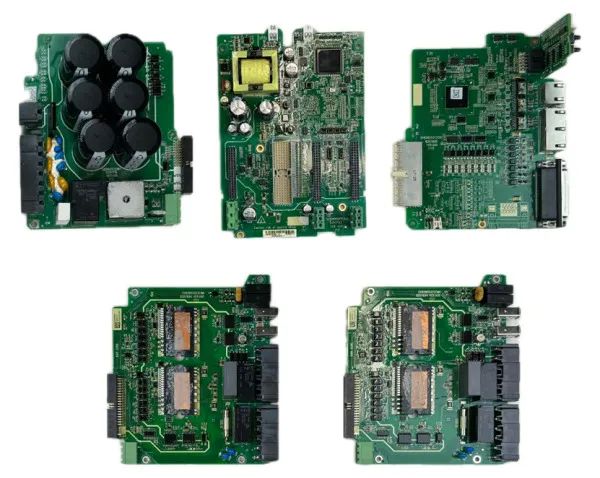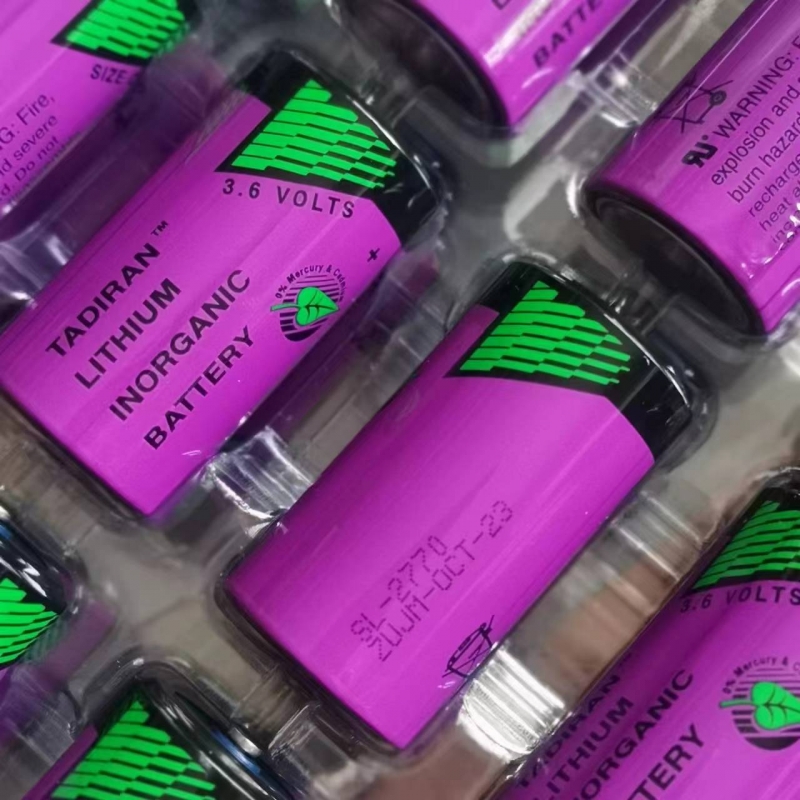AVR Studio 中 STK500 处理熔丝位有巨大的优势:它是以功用组合让用户装备。
这种方法与小马(PnoyProg2000,SL-ISP)比较,具有以下的优势(优势是如此显着,能够用“巨大优势”来描述):
1. 有用防止因不熟悉熔丝位让芯片锁死 (这是初学者的恶梦)
2. 不需要靠回忆与查文档,就能装备熔丝位(这也是初学者的恶梦)这是咱们网站为何引荐运用STK500下载器的又一原因。
操作界面如下: (留意:下图中,打勾的表明选中,代表0。没有打勾的表明1)。

上图的材料收拾如下(该表下面有中文翻译与阐明):
On-Chip Debug Enabled; [OCDEN=0] JTAG Interface Enabled; [JTAGEN=0] Serial program downloading (SPI) enabled; [SPIEN=0] Preserve EEPROM memory through the Chip Erase cycle; [EESAVE=0] Boot Flash section size=128 words Boot start address=$1F80; [BOOTSZ=11] Boot Flash section size=256 words Boot start address=$1F00; [BOOTSZ=10] Boot Flash section size=512 words Boot start address=$1E00; [BOOTSZ=01] Boot Flash section size=1024 words Boot start address=$1C00; [BOOTSZ=00] ; default value Boot Reset vector Enabled (default address=$0000); [BOOTRST=0] CKOPT fuse (operation dependent of CKSEL fuses); [CKOPT=0] Brown-out detection level at VCC=4.0 V; [BODLEVEL=0] Brown-out detection level at VCC=2.7 V; [BODLEVEL=1] Brown-out detection enabled; [BODEN=0] Ext. Clock; Start-up time: 6 CK + 0 ms; [CKSEL=0000 SUT=00] Ext. Clock; Start-up time: 6 CK + 4 ms; [CKSEL=0000 SUT=01] Ext. Clock; Start-up time: 6 CK + 64 ms; [CKSEL=0000 SUT=10] Int. RC Osc. 1 MHz; Start-up time: 6 CK + 0 ms; [CKSEL=0001 SUT=00] Int. RC Osc. 1 MHz; Start-up time: 6 CK + 4 ms; [CKSEL=0001 SUT=01] Int. RC Osc. 1 MHz; Start-up time: 6 CK + 64 ms; [CKSEL=0001 SUT=10]; default value Int. RC Osc. 2 MHz; Start-up time: 6 CK + 0 ms; [CKSEL=0010 SUT=00] Int. RC Osc. 2 MHz; Start-up time: 6 CK + 4 ms; [CKSEL=0010 SUT=01] Int. RC Osc. 2 MHz; Start-up time: 6 CK + 64 ms; [CKSEL=0010 SUT=10] Int. RC Osc. 4 MHz; Start-up time: 6 CK + 0 ms; [CKSEL=0011 SUT=00] Int. RC Osc. 4 MHz; Start-up time: 6 CK + 4 ms; [CKSEL=0011 SUT=01] Int. RC Osc. 4 MHz; Start-up time: 6 CK + 64 ms; [CKSEL=0011 SUT=10] Int. RC Osc. 8 MHz; Start-up time: 6 CK + 0 ms; [CKSEL=0100 SUT=00] Int. RC Osc. 8 MHz; Start-up time: 6 CK + 4 ms; [CKSEL=0100 SUT=01] Int. RC Osc. 8 MHz; Start-up time: 6 CK + 64 ms; [CKSEL=0100 SUT=10] Ext. RC Osc. – 0.9 MHz; Start-up time: 18 CK + 0 ms; [CKSEL=0101 SUT=00] Ext. RC Osc. – 0.9 MHz; Start-up time: 18 CK + 4 ms; [CKSEL=0101 SUT=01] Ext. RC Osc. – 0.9 MHz; Start-up time: 18 CK + 64 ms; [CKSEL=0101 SUT=10] Ext. RC Osc. – 0.9 MHz; Start-up time: 6 CK + 4 ms; [CKSEL=0101 SUT=11] Ext. RC Osc. 0.9 MHz – 3.0 MHz; Start-up time: 18 CK + 0 ms; [CKSEL=0110 SUT=00] Ext. RC Osc. 0.9 MHz – 3.0 MHz; Start-up time: 18 CK + 4 ms; [CKSEL=0110 SUT=01] Ext. RC Osc. 0.9 MHz – 3.0 MHz; Start-up time: 18 CK + 64 ms; [CKSEL=0110 SUT=10] Ext. RC Osc. 0.9 MHz – 3.0 MHz; Start-up time: 6 CK + 4 ms; [CKSEL=0110 SUT=11] Ext. RC Osc. 3.0 MHz – 8.0 MHz; Start-up time: 18 CK + 0 ms; [CKSEL=0111 SUT=00] Ext. RC Osc. 3.0 MHz – 8.0 MHz; Start-up time: 18 CK + 4 ms; [CKSEL=0111 SUT=01] Ext. RC Osc. 3.0 MHz – 8.0 MHz; Start-up time: 18 CK + 64 ms; [CKSEL=0111 SUT=10] Ext. RC Osc. 3.0 MHz – 8.0 MHz; Start-up time: 6 CK + 4 ms; [CKSEL=0111 SUT=11] Ext. RC Osc. 8.0 MHz – 12.0 MHz; Start-up time: 18 CK + 0 ms; [CKSEL=1000 SUT=00] Ext. RC Osc. 8.0 MHz – 12.0 MHz; Start-up time: 18 CK + 4 ms; [CKSEL=1000 SUT=01] Ext. RC Osc. 8.0 MHz – 12.0 MHz; Start-up time: 18 CK + 64 ms; [CKSEL=1000 SUT=10] Ext. RC Osc. 8.0 MHz – 12.0 MHz; Start-up time: 6 CK + 4 ms; [CKSEL=1000 SUT=11] Ext. Low-Freq. Crystal; Start-up time: 1K CK + 4 ms; [CKSEL=1001 SUT=00] Ext. Low-Freq. Crystal; Start-up time: 1K CK + 64 ms; [CKSEL=1001 SUT=01] Ext. Low-Freq. Crystal; Start-up time: 32K CK + 64 ms; [CKSEL=1001 SUT=10] Ext. Crystal/Resonator Low Freq.; Start-up time: 258 CK + 4 ms; [CKSEL=1010 SUT=00] Ext. Crystal/Resonator Low Freq.; Start-up time: 258 CK + 64 ms; [CKSEL=1010 SUT=01] Ext. Crystal/Resonator Low Freq.; Start-up time: 1K CK + 0 ms; [CKSEL=1010 SUT=10] Ext. Crystal/Resonator Low Freq.; Start-up time: 1K CK + 4 ms; [CKSEL=1010 SUT=11] Ext. Crystal/Resonator Low Freq.; Start-up time: 1K CK + 64 ms; [CKSEL=1011 SUT=00] Ext. Crystal/Resonator Low Freq.; Start-up time: 16K CK + 0 ms; [CKSEL=1011 SUT=01] Ext. Crystal/Resonator Low Freq.; Start-up time: 16K CK + 4 ms; [CKSEL=1011 SUT=10] Ext. Crystal/Resonator Low Freq.; Start-up time: 16K CK + 64 ms; [CKSEL=1011 SUT=11] Ext. Crystal/Resonator Medium Freq.; Start-up time: 258 CK + 4 ms; [CKSEL=1100 SUT=00] Ext. Crystal/Resonator Medium Freq.; Start-up time: 258 CK + 64 ms; [CKSEL=1100 SUT=01] Ext. Crystal/Resonator Medium Freq.; Start-up time: 1K CK + 0 ms; [CKSEL=1100 SUT=10] Ext. Crystal/Resonator Medium Freq.; Start-up time: 1K CK + 4 ms; [CKSEL=1100 SUT=11] Ext. Crystal/Resonator Medium Freq.; Start-up time: 1K CK + 64 ms; [CKSEL=1101 SUT=00] Ext. Crystal/Resonator Medium Freq.; Start-up time: 16K CK + 0 ms; [CKSEL=1101 SUT=01] Ext. Crystal/Resonator Medium Freq.; Start-up time: 16K CK + 4 ms; [CKSEL=1101 SUT=10] Ext. Crystal/Resonator Medium Freq.; Start-up time: 16K CK + 64 ms; [CKSEL=1101 SUT=11] Ext. Crystal/Resonator High Freq.; Start-up time: 258 CK + 4 ms; [CKSEL=1110 SUT=00] Ext. Crystal/Resonator High Freq.; Start-up time: 258 CK + 64 ms; [CKSEL=1110 SUT=01] Ext. Crystal/Resonator High Freq.; Start-up time: 1K CK + 0 ms; [CKSEL=1110 SUT=10] Ext. Crystal/Resonator High Freq.; Start-up time: 1K CK + 4 ms; [CKSEL=1110 SUT=11] Ext. Crystal/Resonator High Freq.; Start-up time: 1K CK + 64 ms; [CKSEL=1111 SUT=00] Ext. Crystal/Resonator High Freq.; Start-up time: 16K CK + 0 ms; [CKSEL=1111 SUT=01] Ext. Crystal/Resonator High Freq.; Start-up time: 16K CK + 4 ms; [CKSEL=1111 SUT=10] Ext. Crystal/Resonator High Freq.; Start-up time: 16K CK + 64 ms; [CKSEL=1111 SUT=11] 上表的英文翻译阐明如下:
英文
中文
On-Chip Debug Enabled 片内 调试 使能 JTAG Interface Enabled JTAG 接口 使能 Serial program downloading (SPI) enabled 串行编程下载(SPI) 使能 (ISP下载时该位不能修正) Preserve EEPROM memory through the Chip Erase cycle; 芯片擦除时EEPROM的内容保存 Boot Flash section size=xxxx words 引导(Boot)区巨细为xxx个词 Boot start address=$yyyy; 引导(Boot)区开端地址为 $yyyy Boot Reset vector Enabled 引导(Boot)、复位 向量 使能 Brown-out detection level at VCC=xxxx V; 掉电检测的电平为 VCC=xxxx 伏 Brown-out detection enabled; 掉电检测使能 Start-up time: xxx CK + yy ms 发动时刻 xxx 个时钟周期 + yy 毫秒 Ext. Clock; 外部时钟 Int. RC Osc. 内部 RC(阻容) 振动器 Ext. RC Osc. 外部 RC(阻容) 振动器 Ext. Low-Freq. Crystal; 外部 低频 晶体 Ext. Crystal/Resonator Low Freq 外部晶体/陶瓷振动器 低频 Ext. Crystal/Resonator Medium Freq 外部晶体/陶瓷振动器 中频 Ext. Crystal/Resonator High Freq 外部晶体/陶瓷振动器 高频 注:以上中文是对照 ATmega16的中、英文版别数据手册而翻译。尽量按照了官方的中文术语。
运用举例:
比方咱们想运用片内的RC振动(即不需要接晶振),能够挑选挑选下面三者之一: Int. RC Osc. 8 MHz; Start-up time: 6 CK + 0 ms; [CKSEL=0100 SUT=00] Int. RC Osc. 8 MHz; Start-up time: 6 CK + 4 ms; [CKSEL=0100 SUT=01] Int. RC Osc. 8 MHz; Start-up time: 6 CK + 64 ms; [CKSEL=0100 SUT=10]比方咱们想运用外部7.3728M晶振,能够挑选挑选下面三者之一: Ext. Crystal/Resonator High Freq.; Start-up time: 258 CK + 4 ms; [CKSEL=1110 SUT=00] 或后边与Ext. Crystal/Resonator High Freq.;…. 有关的挑选。









